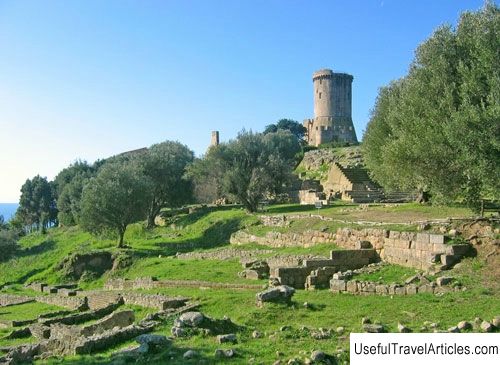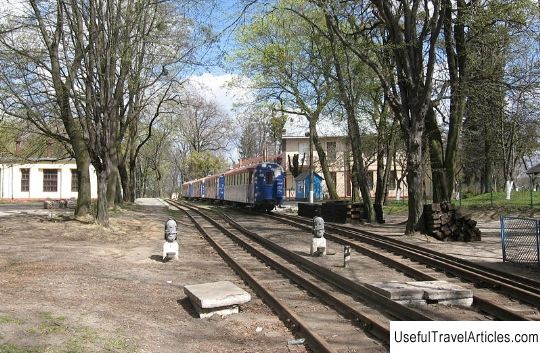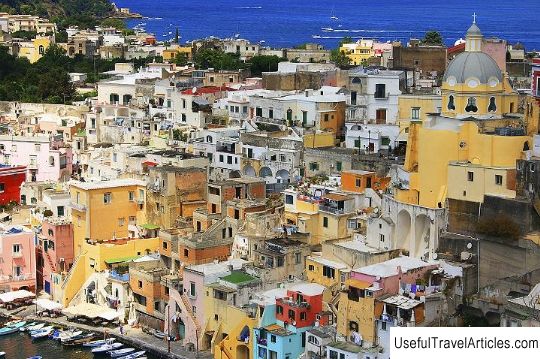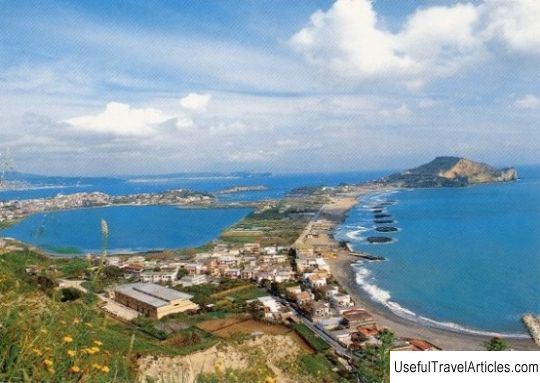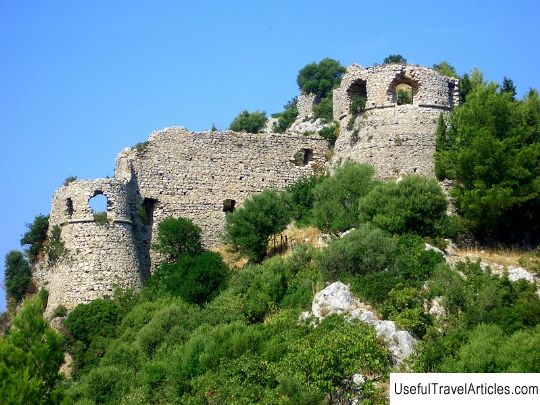Agropoli description and photos - Italy: Campania
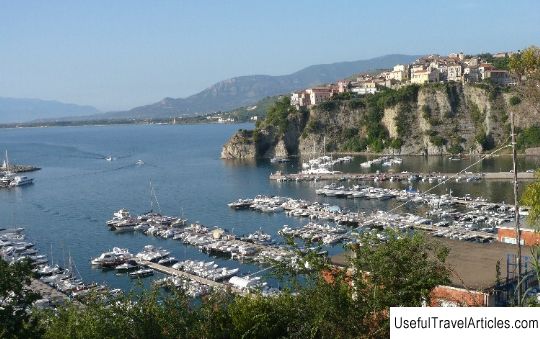
Agropoli description and photos - Italy: Campania. Detailed information about the attraction. Description, photographs and a map showing the nearest significant objects. The title in English is Agropoli. Photo and descriptionAgropoli is a town in the province of Salerno in the Italian region of Campania, located on the shores of the Tyrrhenian Sea, on the so-called Cilentan Riviera. The cape, on which the city is spread, was inhabited by people back in the Neolithic period, but a permanent population engaged in fishing and hunting appeared here only in the Bronze and Iron Ages. To the east of the cape, at the mouth of the Testene River, there is a bay protected from all sides, known in ancient times as Foche and now almost completely silted up. Before and after the founding of neighboring Poseidonia, the Greeks used this bay for trade with the local population. They gave the cape the Greek name - Petra (rocky hill) and built on it the temple of Artemis, the goddess of the hunt. In the era of Ancient Rome, the coastal city of Erkula was founded to the east of the cape, which rapidly developed and flourished until the 5th century AD, when the increased incursions of the Vandals made life in the city unbearable. The population was forced to leave Erkulu and take refuge in a more protected place. Then, in the 6th century, during the Greco-Gothic wars, the Byzantines established a fortified settlement on the banks of a well-defended bay south of Salerno and named it Acropolis. In the same century, a bishop who had fled from Paestum found refuge in the Acropolis, and the city turned not only into a diocese, but also into the main Byzantine center on the Tyrrhenian coast. Until 882, Agropoli remained in the hands of the Byzantines, and then fell under the blows of the Saracens, who turned the city into their fortress. From here, warlike pirates set off on their bloody campaigns and ravaged the surrounding territories. Only in 915, Agropoli was liberated and returned to the jurisdiction of the bishop for several centuries. In the 16-17th centuries, the city was attacked several times by Turkish pirates, but managed to withstand and in the 19th century began to expand beyond the medieval city walls. The old part of the city, including the defensive walls of the 7th century, remained intact and today are popular tourist attractions. Other monuments of history and culture include Byzantine tombs, the ruins of the medieval monastery of San Francesco, the churches of Santa Maria di Costantinopoli, San Marco and San Francesco and the Angevin-Aragonese castle, built on the site of 6th century Byzantine fortifications. The municipal antique shop has an impressive collection of archaeological artifacts. In addition, Agropoli is an important seaside resort - its best beaches are located on the territory of the Trentova Bay and stretch for 3 km. To the east of the bay, on a small promontory, stands the 16th century coastal tower of San Francesco. There is another beach to the north of this promontory, which leads to the archaeological site of Paestum. Over the years, the beaches of Agropoli have been awarded the prestigious Blue Flag for their cleanliness and well-developed infrastructure. For many years, the beaches of Agropoli have received the prestigious "blue flag" for their cleanliness and well-developed infrastructure. For many years, the beaches of Agropoli have received the prestigious "blue flag" for their cleanliness and well-developed infrastructure.      We also recommend reading Torcello description and photos - Italy: Venice Topic: Agropoli description and photos - Italy: Campania. |
